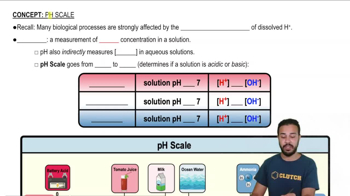Textbook Question
Eating even a single death cap mushroom (Amanita phalloides) can be fatal due to a compound called αα-amanitin, a toxin that inhibits transcription.What would you predict to be the immediate outcome of adding αα-amanitin to a cell?a. reduced DNA synthesisb. reduced production of one or more types of RNAc. reduced binding of tRNAs to anticodonsd. reduced rate of translocation of ribosomes translating mRNA
1625
views






